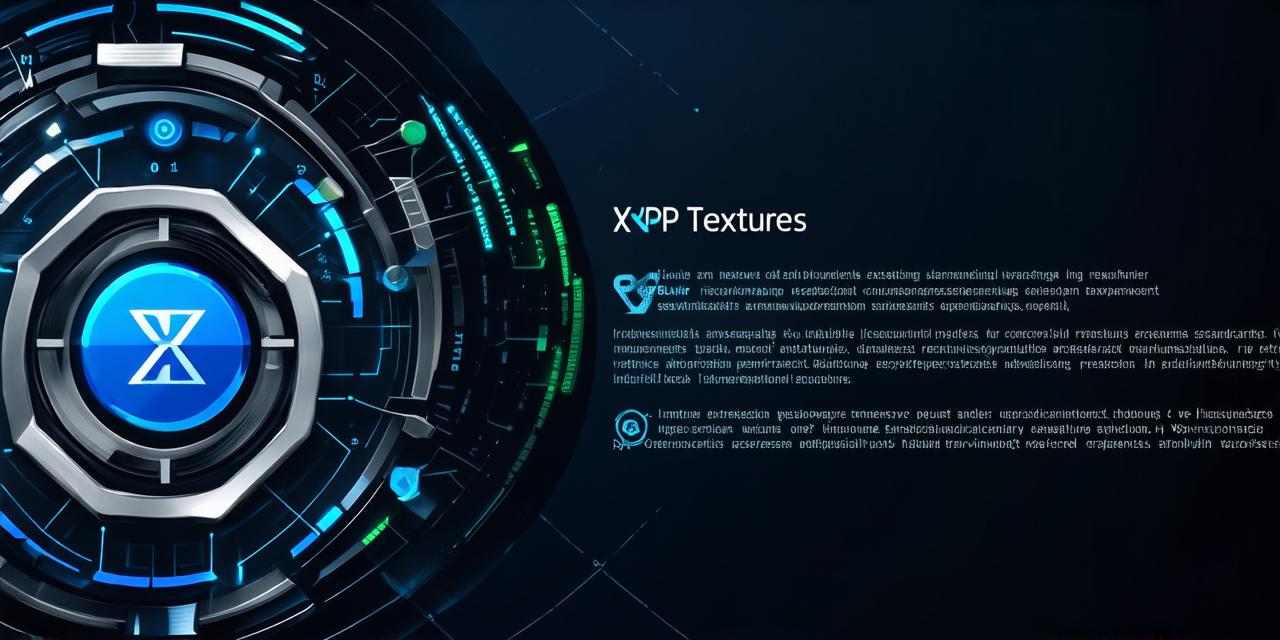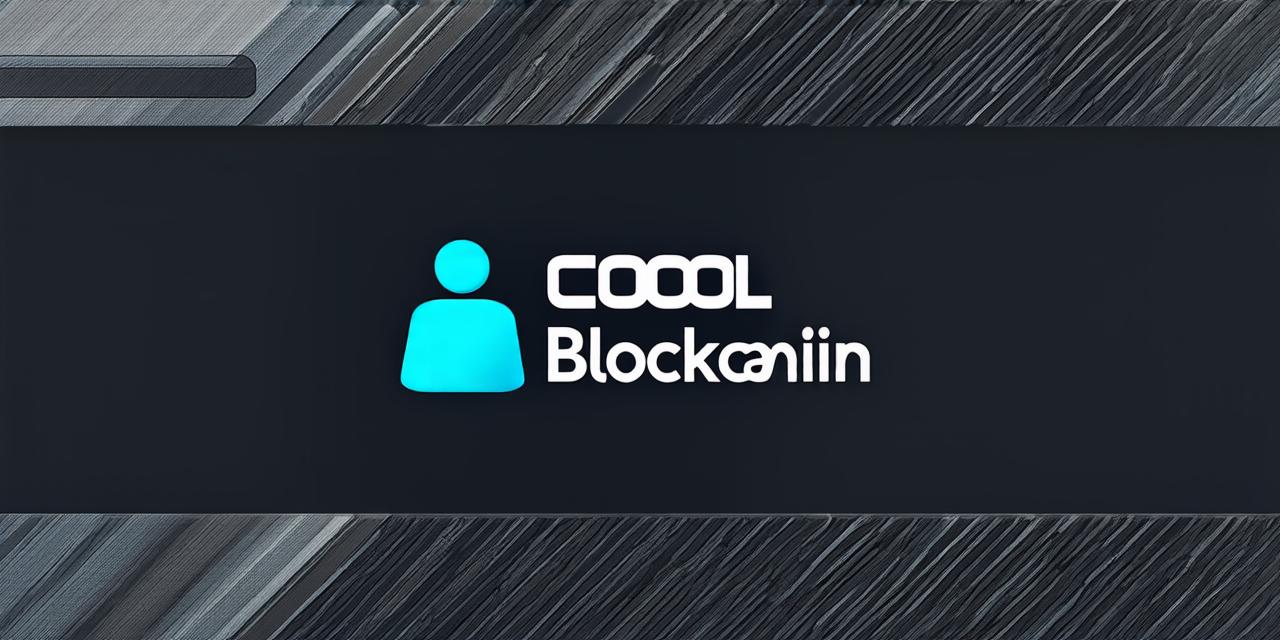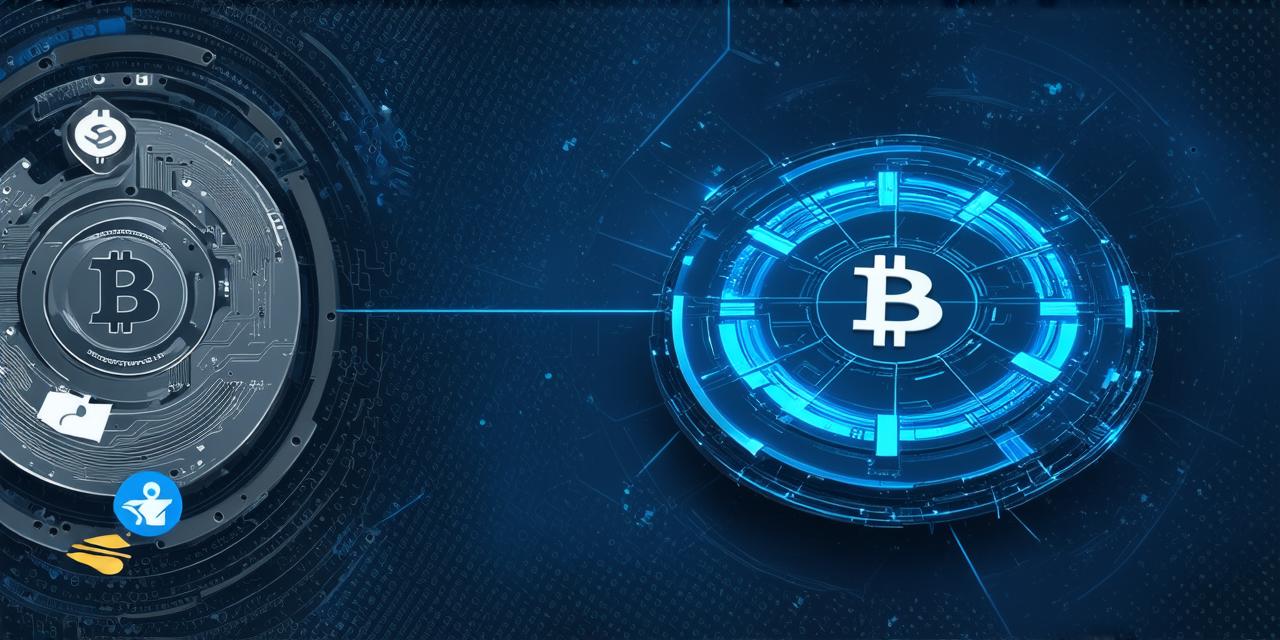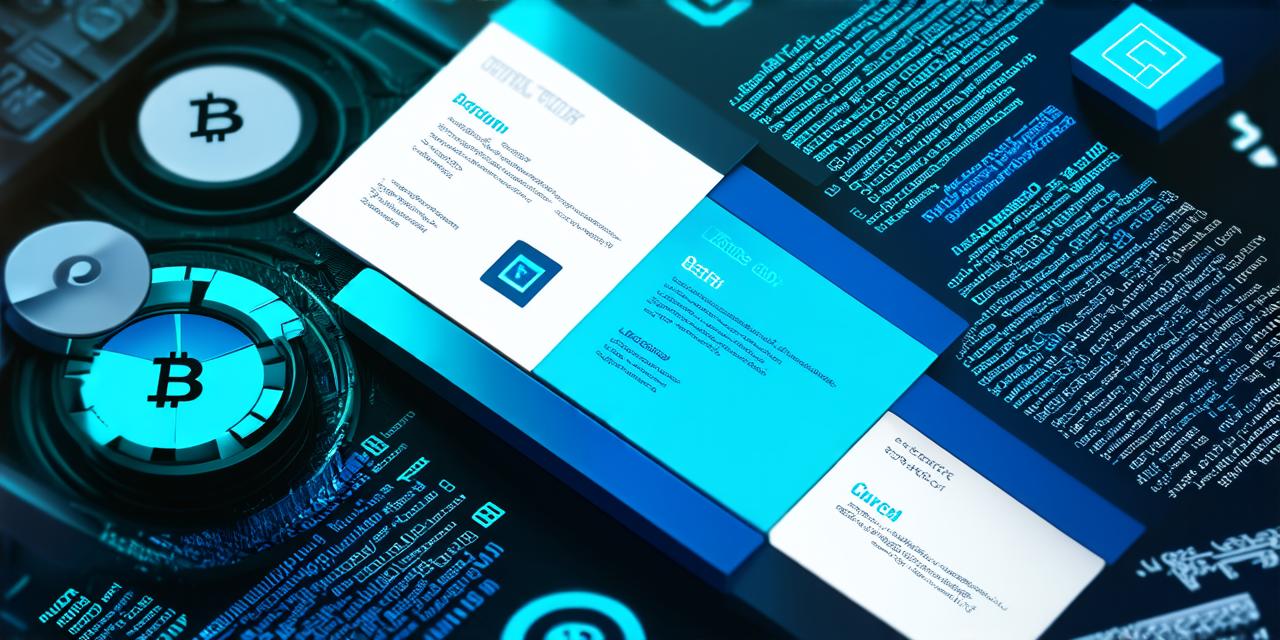Introduction
The cryptocurrency market is constantly evolving, and one of the most exciting developments in recent years has been the rise of blockchain technology. With so many different blockchains to choose from, it can be difficult for developers to decide which one to use. In this article, we will take a closer look at Xrp and the blockchain on which it is built.
Background
Xrp, also known as Ripple, was created in 2012 by Brad Garlinghouse and Chris Larsen. It was designed to be a fast, low-cost, and efficient payment protocol that could facilitate cross-border payments. Xrp operates on the Ripple network, which is a decentralized platform that connects financial institutions around the world.
Key Features
One of the key features of the Ripple blockchain is its speed. Transactions on the Ripple network can be processed within seconds, making it ideal for fast-paced cross-border payments. Another important feature is its scalability. The Ripple network can handle an unlimited number of transactions, making it a reliable choice for financial institutions with high transaction volumes.
In addition to its speed and scalability, the Ripple blockchain also offers enhanced security features. All transactions on the network are encrypted and verified by multiple nodes, which helps to prevent fraud and ensure that all parties involved in a transaction can trust each other.
Real-Life Examples
The Ripple blockchain has already been adopted by several major financial institutions, including Deloitte, Santander, and Bank of America Merrill Lynch. These organizations have used the Ripple network to facilitate cross-border payments, reducing the time and cost associated with traditional banking methods.
Example 1
Deloitte recently partnered with Ripple to develop a new payment solution for its clients. This solution allows businesses to make fast and low-cost cross-border payments using Xrp.
Example 2
Santander has integrated the Ripple network into its mobile banking app, allowing customers to send and receive money quickly and easily.
Comparison with Other Blockchains
When compared to other blockchains, the Ripple network stands out for its speed and scalability. While other blockchains, such as Bitcoin and Ethereum, are primarily used for cryptocurrency transactions, the Ripple network is designed specifically for financial institutions. This makes it a more efficient choice for cross-border payments.
In addition, the Ripple blockchain offers enhanced security features compared to other blockchains. All transactions on the network are encrypted and verified by multiple nodes, which helps to prevent fraud and ensure that all parties involved in a transaction can trust each other.
Expert Opinions
According to Brad Garlinghouse, co-founder of Ripple, “The Ripple blockchain is designed specifically for financial institutions, and we believe it’s the most efficient choice for cross-border payments. With its speed, scalability, and enhanced security features, the Ripple network is well-positioned to disrupt the traditional banking industry.”
Conclusion
In conclusion, Xrp operates on the Ripple blockchain, which offers several key features that make it an ideal choice for fast, low-cost, and efficient cross-border payments. The Ripple network has already been adopted by several major financial institutions and is well-positioned to disrupt the traditional banking industry. As the cryptocurrency market continues to evolve, the Ripple blockchain is likely to play an increasingly important role in facilitating fast, secure, and low-cost cross-border payments.

FAQs
- Is Xrp a cryptocurrency?
-
Yes, Xrp is a cryptocurrency that operates on the Ripple network.
- What are the key features of the Ripple blockchain?
-
Speed, scalability, and enhanced security features.
- Which financial institutions have adopted the Ripple network?
-
Deloitte, Santander, and Bank of America Merrill Lynch, among others.



